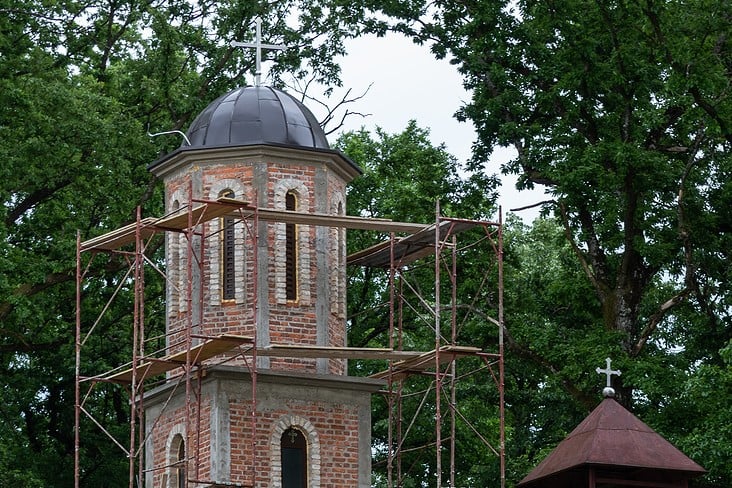
As a church leader, you know your church is more than just a building - to you and to your congregation. It is a place of worship, community, and hope. Unfortunately, like any other building, (especially if it is an old one), it requires regular maintenance to keep it in good condition. It’s important to think ahead, before the day comes when an emergency repair is necessary...and it’s always a good idea to create a long-term financial plan for church repairs and maintenance.
If you're unsure about where to start regarding financial planning and budgeting for long-term church repairs and maintenance, don't worry, you’re not alone. Many church leaders find this to be a daunting task, but it doesn't have to be. With some prep work, organization and planning, you can ensure that your church has the resources it needs to stay in good repair for years to come.
Step 1: Create a Budget
The first step in financial planning for long-term church repairs and maintenance is to create a budget. This will help you track your income and spending in a controlled way, and will help to make sure you can’t spend more than you have.
When creating your budget, include all your church's expenses, including regular maintenance, repairs and unexpected costs. You should also factor in an additional percentage to account for future inflation, so that your budget will still be viable for other repair scenarios years into the future.
Step 2: Set Aside Money for Repairs
Once you have a budget, it's important to set aside the money you plan on allotting for repairs. This can be done with a portion of the regular weekly contributions from church members, gifts or endowments, or monies raised through special fundraising events. Setting aside enough to cover the regular monthly maintenance and a pre-determined amount for future unexpected repairs is important. You'll want to avoid getting into a situation where the need for an emergency repair crops up, causing the church to suddenly have to come up with a large sum of money at the last minute.
Step 3: Get Professional Help
If you're unsure how to create a budget or set aside money for repairs, you may want to consider meeting with a financial advisor to help you analyze your church’s situation. Once all the criteria has been assessed, it’s time to create a realistic, workable budget for your church. You may also want to talk with a fundraising consultant who can help you plan and execute successful fundraising events. If there happens to be a member of your congregation who is a skilled fundraiser, perhaps they might even volunteer their time.
Step 4: Create a Maintenance Plan
In addition to setting aside money for repairs, it's also important to create a separate maintenance plan. This will help you identify potential problems before they become major repairs. Your maintenance plan should include a schedule for regular inspections, as well as a list of tasks that must be done on a consistent basis. This could include cleaning the gutters, painting the exterior, and making minor repairs to a damaged roof, or to walls and windows, before they become major issues.
Step 5: Get Your Congregation Involved
Getting your congregation involved is one of the best ways to raise money for repairs. You can do this in ongoing ways, including low-fee car repair clinics, churchwide yard sales, and car detailing. If you have skilled tradespeople within your congregation, such as plumbers, electricians, or handymen, you can ask them for their time and service, instead of their money, to help with maintenance and repairs.
You can also ask your congregation to contribute to a repair fund regularly. By setting up a fund in which all the donations will be used only for repairs and maintenance, those who want to contribute can tangibly see where their contributions are going, and what is being spent on each project. Establishing a specific fund for repairs is an excellent way to show your congregation that you're committed to maintaining your church and encourage them to help the church reach its fundraising goals.
Step 6: Don't Forget the Insurance
Finally, don't forget about insurance. A good insurance policy can help protect your church from unexpected costs, such as a fire or some other natural disaster. When choosing an insurance policy, get quotes from several companies and compare the coverage and rates. You should also ensure that your policy covers all your church's assets, including the building, furniture and equipment.
Keeping these six important steps in mind year after year will enable you to have a solid, long-term financial plan and a budget will ensure you have the money, when inevitably it is needed, to keep your church in consistently good repair. Contact Myrick CPA to learn more about how we can help you create the ideal financial plan for your church's future.





